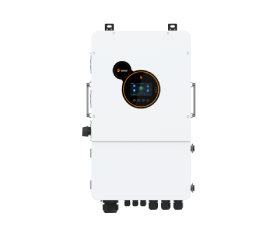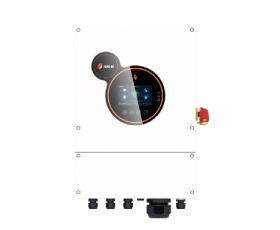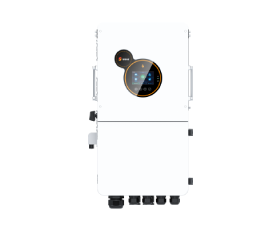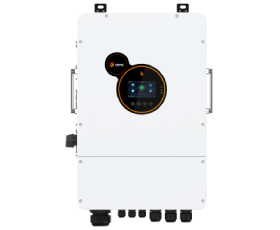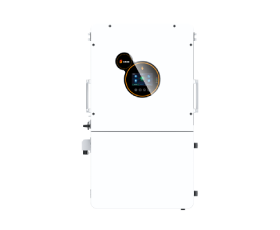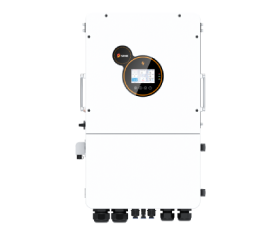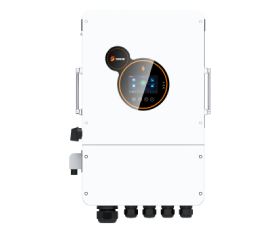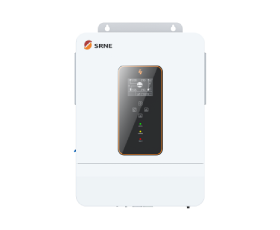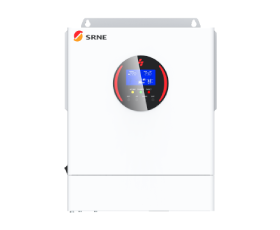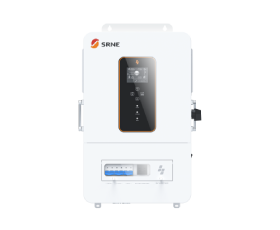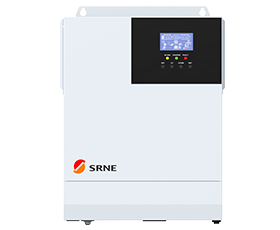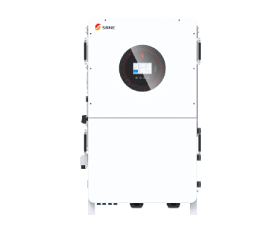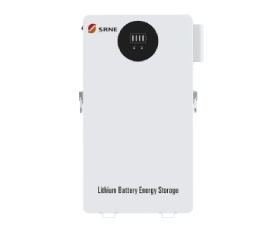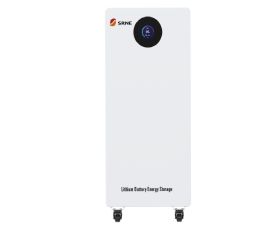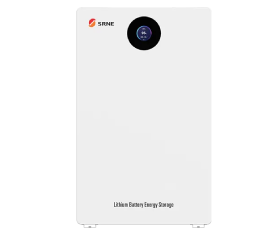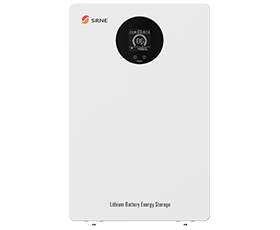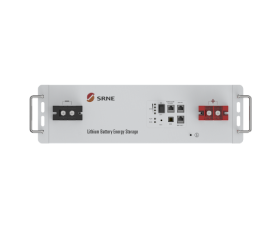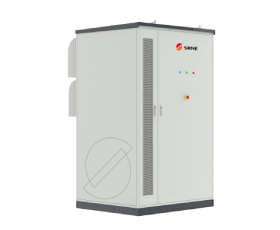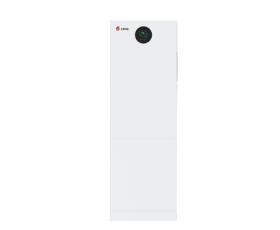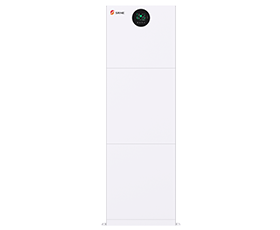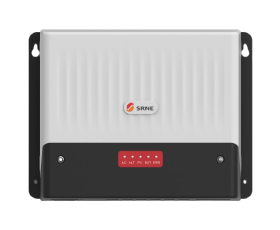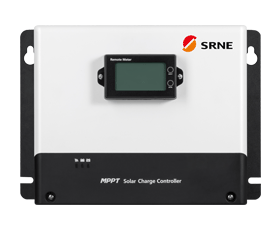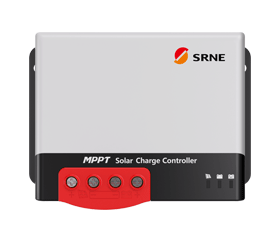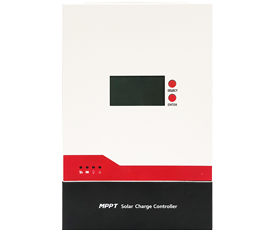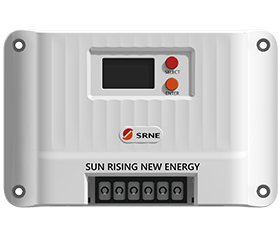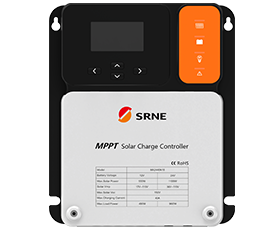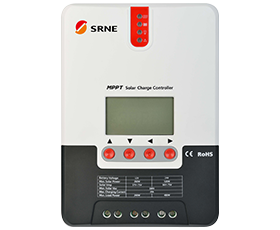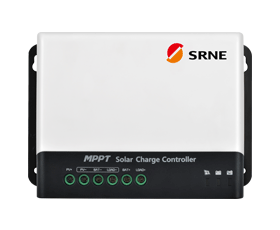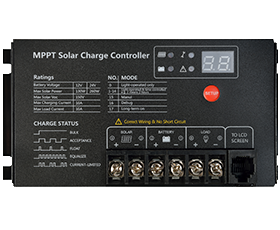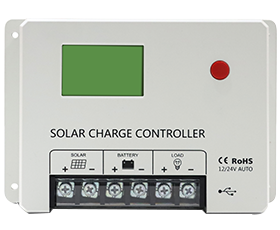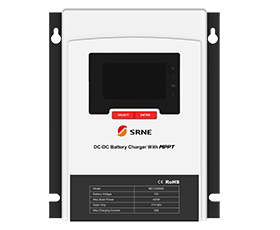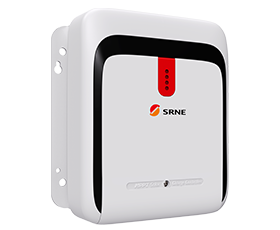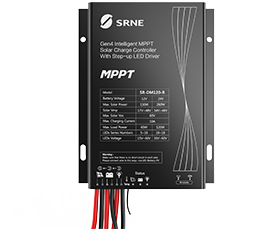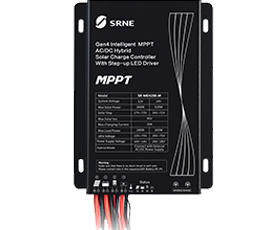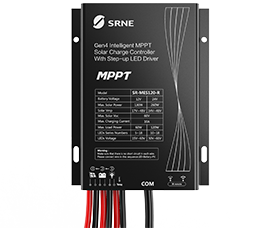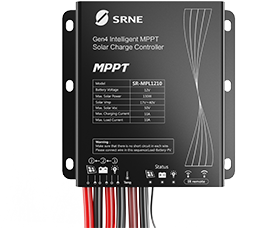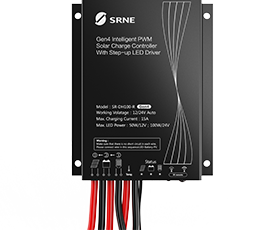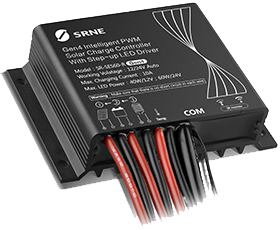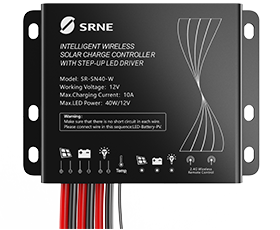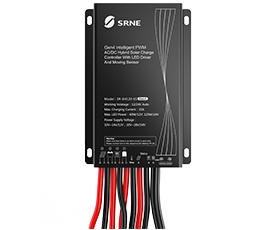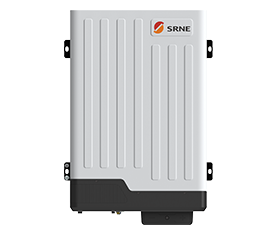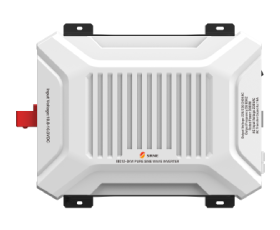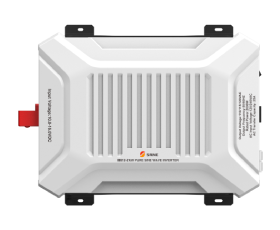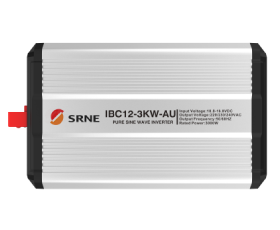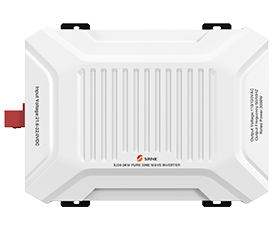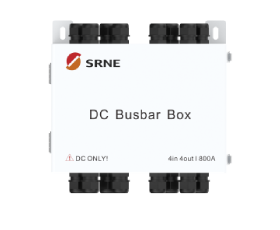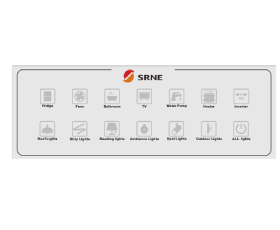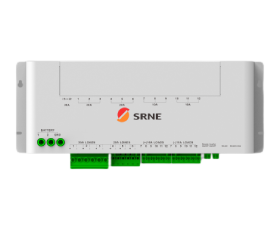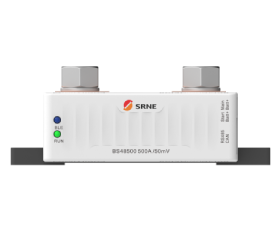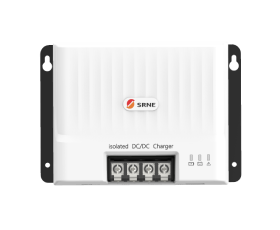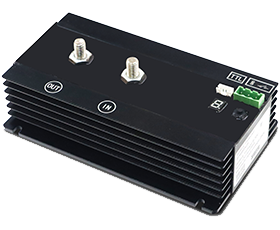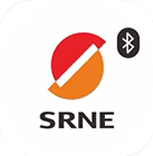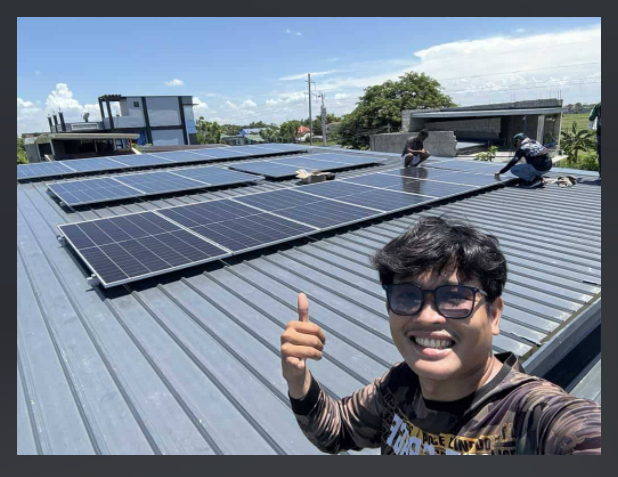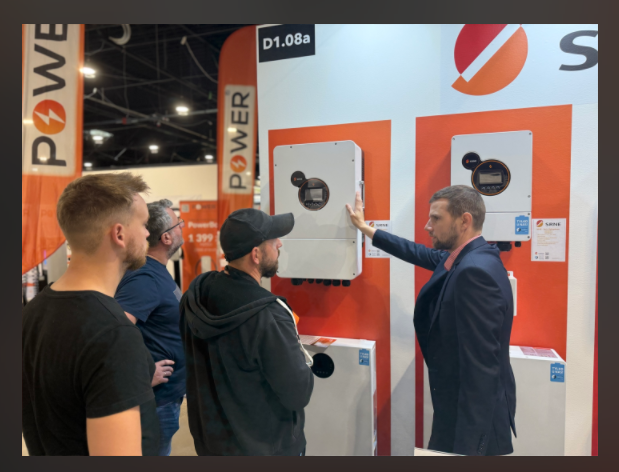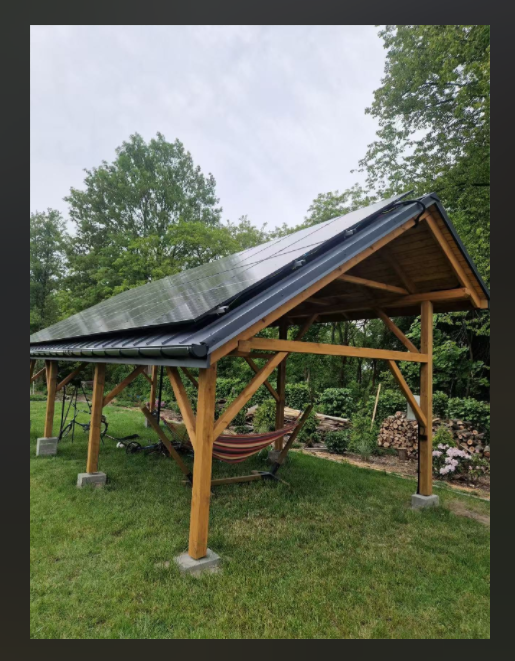Off-Grid Inverter Systems: Still Worth It in 2025?
This article provides an in-depth analysis of off-grid solar systems, with special focus on the role of off-grid inverters in delivering stable, usable AC power. From solar panels and batteries to inverter efficiency and smart energy management, we’ll guide you through building a sustainable and reliable energy solution independent from the grid.
Explore the HYP Series Off Grid Inverter (5–6KW, Dual MPPT) for flexible single, split, or three-phase power—designed to optimize your off-grid solar setup.
1. What Are Off-Grid Solar Inverter Systems
Off-grid solar Inverter systems are standalone power solutions that operate independently of the utility grid. They rely entirely on solar panels, battery storage, an inverter, and a charge controller to generate, store, and deliver electricity.
Thinking about energy independence? Find out if an off-grid inverter is the smart choice in our article: Is Off-Grid Solar Inverter Worth the Investment?
https://www.srnesolar.com/articledetail/is-off-grid-solar-inverter-worth-the-investment.html
1.1 Key Components & How They Work Together
An off-grid solar power system is built around four interdependent components that collectively deliver stable, autonomous electricity. It begins with solar panels, which harness sunlight and convert it into direct current (DC) power. This energy is then directed to a charge controller, which plays a crucial role by regulating voltage and current levels—thereby safeguarding the battery bank from overcharging or inefficient charging cycles.
Once stabilized, the energy is stored in the battery bank, providing a dependable power reserve for use during nighttime or periods of low solar input. To make this stored energy usable for household or industrial equipment, an inverter converts the DC output into alternating current (AC), the standard form of electricity used by most appliances. When integrated correctly, these components form a closed-loop, self-sustaining power system—particularly well-suited for rural properties, off-grid cabins, agricultural operations, and critical sites where energy independence is a priority.
1.2 Off-Grid vs On-Grid vs Hybrid Systems
Type | Grid Connection | Battery Use | Ideal For |
Off-Grid | No | Yes | Remote/off-grid living, energy independence |
On-Grid | Yes | Optional | Urban homes, net metering users |
Hybrid | Yes | Yes | Users needing backup + grid access |
Confused about which solar inverter suits your needs? Get clear answers in our expert breakdown:
https://www.srnesolar.com/articledetail/pros-cons-hybrid-solar-inverter-vs-off-grid-inverter.html
2. System Breakdown: Core Components and Their Roles in Off-Grid Solar Power
Creating a truly resilient off-grid solar system goes far beyond simply connecting panels and batteries. Each component plays a unique and indispensable role in maintaining reliable, 24/7 power delivery—especially in environments where access to the utility grid is unavailable or inconsistent. In this breakdown, we explore the engineering logic and performance principles behind each core component, offering insight into how they work together to achieve long-term energy autonomy.
2.1 Off-Grid Inverter – The Brain Behind AC Power
The off-grid inverter is a critical component that determines whether your stored solar energy can power everyday appliances. While panels generate DC power and batteries store it, the inverter converts this DC power into usable AC electricity—the format required by lights, refrigerators, tools, and virtually all modern electronics.
Key Solar Inverter Types
Inverter Type | Output Waveform | Application Suitability |
Pure Sine Wave | Smooth, grid-quality AC | Ideal for all loads, including sensitive electronics |
Modified Sine Wave | Approximate AC waveform | Suitable only for basic or resistive loads |
Multimode (Bi-directional) | Switches between modes | Useful for hybrid or generator-backed systems |
Selection Criteria
Power Rating (kW): Must exceed your peak power demands to avoid tripping or shutdown.
Surge Capacity: Important for starting inductive loads like pumps or compressors.
Efficiency & Idle Consumption: Higher efficiency reduces losses; low idle draw preserves battery life.
Scalability: Choose models with parallel capability if you plan to expand capacity in future.
Engineering Insight
A quality pure sine wave solar inverter not only ensures compatibility with sensitive electronics but also extends the lifespan of appliances by delivering clean, stable power. In rugged off-grid environments, inverter reliability can make or break your energy independence.
2.2 Solar Panels: Harvesting the Sun
At the heart of every solar system lies the photovoltaic (PV) panel, responsible for converting solar radiation into direct current (DC) electricity. However, not all solar panels are created equal. Their efficiency, form factor, and durability vary considerably, influencing system sizing and installation design.
Monocrystalline Silicon Panels are engineered from single-crystal silicon, which allows electrons to move with minimal resistance. This results in peak efficiencies of up to 22% and unmatched space utilization. Their sleek black appearance also appeals to aesthetics-focused installations. These panels are particularly well-suited for rooftops or mobile platforms where every square meter counts.
Polycrystalline Silicon Panels, made from melted and recrystallized silicon fragments, exhibit lower manufacturing costs but slightly reduced electron mobility. Their efficiency ranges from 15% to 18%, with lifespans averaging 20 to 25 years. While less efficient per unit area, they offer excellent value for ground-mount installations or locations with abundant space.
Thin-Film Technologies—including Cadmium Telluride (CdTe) and Copper Indium Gallium Selenide (CIGS)—represent a different class altogether. These panels are made using vapor deposition or printing methods, allowing for flexible substrates and ultra-lightweight construction. Although their efficiency hovers between 10% and 13%, they excel in low-light conditions and are ideal for curved surfaces, vehicles, or temporary structures.
Engineering Insight: Real-world performance often diverges from lab-rated efficiency. Factors like temperature coefficient, spectral response, and angle of incidence all impact daily output. High-quality monocrystalline panels tend to maintain better thermal stability under heat—critical in tropical or desert climates.
2.3 Battery Bank – The Energy Reservoir Behind the System
In an off-grid context, the battery bank acts as the critical buffer between energy generation and consumption. It stores excess solar output during the day and releases it when solar input drops—typically at night or during inclement weather. The choice of battery chemistry affects not only capacity and reliability but also the total cost of ownership over time.
Two dominant chemistries are used in off-grid solar systems: Lithium Iron Phosphate (LiFePO₄) and Lead-Acid.
Feature | LiFePO₄ | Lead-Acid |
Cost | Higher initial investment | Lower upfront cost |
Lifespan | 15–20 years | 3–5 years (up to 10 with care) |
Cycle Life | 6,000–10,000+ cycles | 500–1,500 cycles |
Depth of Discharge | 80–90% safely | Typically capped at 50% |
Efficiency | ~95% | ~80–85% |
Maintenance | Virtually zero | Requires water level checks |
Safety | Thermally stable, non-toxic | Risk of gas venting or leakage |
Why LiFePO₄?
Though pricier upfront, they offer longer life, deeper discharge, and higher efficiency—especially critical in remote or demanding environments.
3. Living Off the Grid: Practical Considerations
Transitioning to an off-grid solar inverter system involves more than installing equipment; it requires careful planning around your energy use, budget, and future needs to ensure long-term efficiency and reliability.
3.1 Right-Sizing Your System
A successful off-grid setup begins with a thorough assessment of your energy consumption. Start by listing all electrical devices, noting their power ratings and typical daily usage. Calculating your total energy demand on a daily and monthly basis establishes the baseline for sizing your solar panels and battery storage. It’s also crucial to identify your peak power requirements—moments when multiple appliances run simultaneously—to make sure your inverter and batteries can handle these spikes. Prioritize essential loads like lighting, refrigeration, water pumps, and communication devices, which must stay powered even during extended periods without sunlight. Analyzing past utility bills can further help you account for seasonal fluctuations, allowing a more accurate system design.
3.2 Budget Wisely
While upfront costs may seem significant, investing in high-quality components delivers better value over time. Choosing durable LiFePO₄batteries and pure sine wave inverters enhances system longevity and compatibility with sensitive electronics. MPPT charge controllers optimize energy harvest under varying light conditions, which can reduce the need for extra solar panels. Avoiding oversizing through precise planning not only saves money but also reduces dependence on backup generators. Over a decade or more, these informed decisions typically lower total ownership costs and improve system performance.
3.3 Maintenance and Future-Proofing
Maintaining your off-grid inverter system regularly is essential for sustained performance. Clean solar panels quarterly to prevent efficiency losses caused by dirt and debris. Monitor battery health closely, watching for signs such as overheating or voltage imbalances; many LiFePO₄batteries come with built-in management systems to assist with diagnostics. Keep an eye on inverter performance for any unusual behavior that could indicate problems.
Utilize remote monitoring technologies to track solar production, battery status, and energy consumption in real-time through apps or online dashboards. Setting up automated alerts for issues like undervoltage or temperature extremes can help prevent unexpected failures.
Finally, design your system with future expansion in mind. Reserve space and electrical infrastructure for additional solar panels or batteries as your energy needs grow. Installing conduits and breakers that accommodate upgrades makes scaling more cost-effective and safer. Implementing smart load management tools can also enhance efficiency by shifting non-critical energy use to times of peak solar generation.
Inverter Checkups: Monitor your solar inverter’s operating temperature, error logs, and efficiency trends via its display or companion app. Unexpected shut-offs, fan noises, or voltage irregularities are early warning signs. Choose models with built-in diagnostics, fanless cooling, or protective casing for extreme environments.
Read more
Looking for top-rated models this year? Don’t miss our expert picks in
https://www.srnesolar.com/articledetail/the-best-solar-hybrid-inverter-in-2025.html
Still comparing inverter types? See a detailed face-off in
Building an off-grid setup for your home? Check out the
Conclusion
Successfully implementing an off-grid solar inverter system involves more than just installing equipment; it is a systematic process that requires a scientific assessment of energy needs, careful budget planning, and proactive future-proofing. By selecting efficient components, accurately sizing the system, and combining smart monitoring with regular maintenance, an off-grid system can operate reliably over the long term, meeting evolving electricity demands.




















